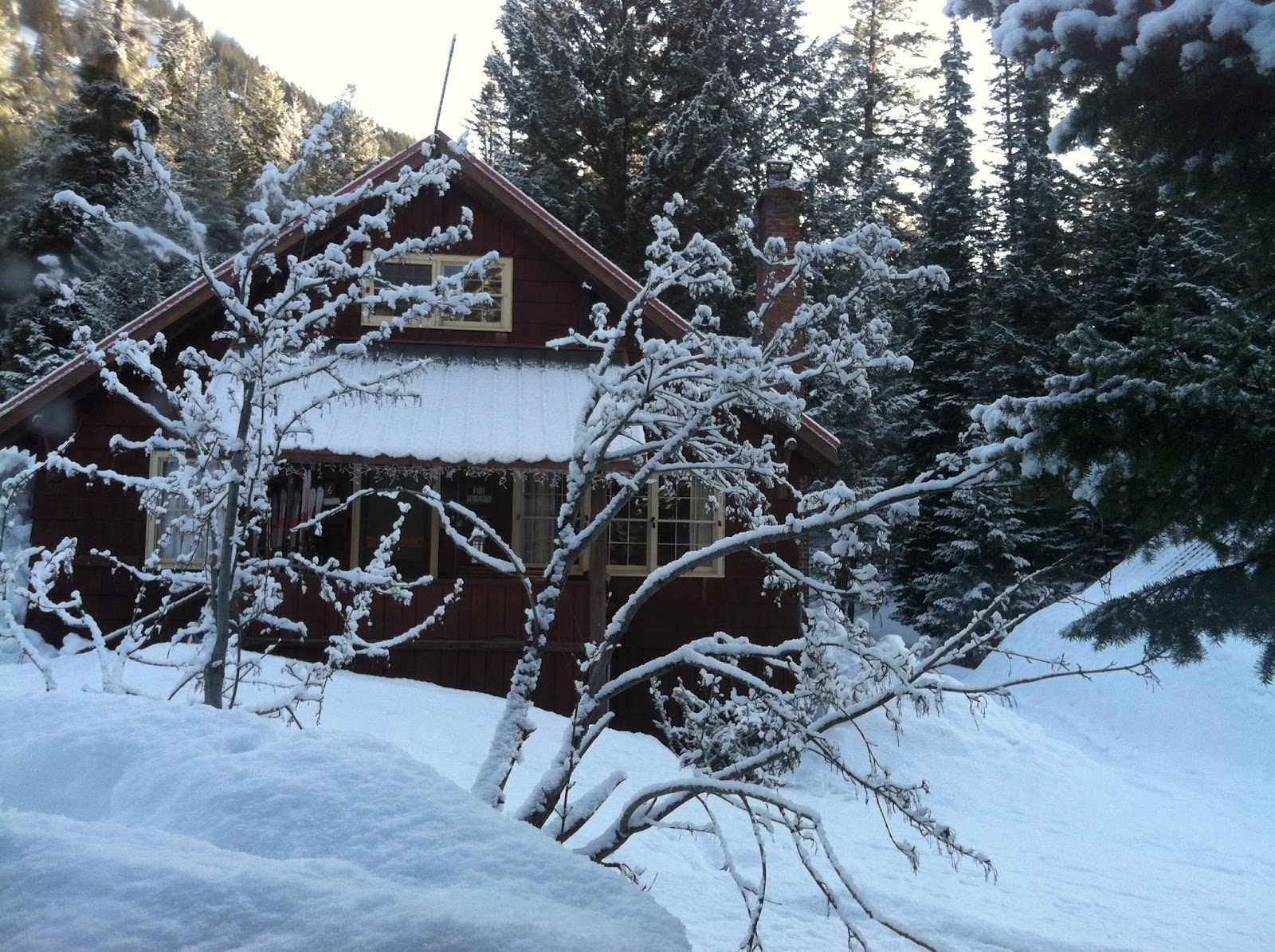Places
are not only physical and geographical, they also exist in our minds, and in
our imaginations, and in our stories. The physical and geographical places we
care about and that we care for - even a pot of flowers, or a raised bed garden
- are real, and become more real to us as we think about them. I think more and
more that caring about and caring for both real and imagined spaces can make us
more real, and more whole.
The
systems thinker Gregory Bateson suggested that mind and environment constitute
the most basic whole system, and I think that is right: mind and body
constitute parallel and overlapping means of apprehending and comprehending the
world and our selves. Wendell Berry suggests that we are not separate from our
environment, but are intimately connected to it via our alimentary canal and
our lungs. We take our environment into our bodies, and elements of our
bodies become part of the environment with each breath, and with each meal. The
nutrients are sensed, in part, through our senses of smell and taste, and
become part of us even at that molecular level before we put one bite of food
in our mouths.
I
think our environment also becomes part of us through our other senses -
especially through our eyes and ears, but also through touch (and
proprioception as well). What we see, what we hear, what we touch becomes part
of us as surely as the muesli we had for breakfast. My experience is that our
diet of things seen, things heard, and things touched feed our invisible selves much as food and oxygen feed the body.
A
week ago, I was able to spend time with some folk I had not seen in twenty- or
forty-some years, in settings and places I had not seen for that long too.
While I was glad to see those people in those places, what surprised and
delighted me was that when I closed my eyes and listened to their voices, the
intervening years disappeared like smoke in a fresh breeze. While we were
drinking coffee, or eating at the Glenwood, or sharing wine after spaghetti,
our voices were nourishing our inner selves and building up places that were
both old and new. We wandered through familiar rooms of our shared spaces, and
discovered and built new spaces as well. With care, I feel certain those spaces
will become real and treasured places, though seen only in the minds eye.

This
last week also included attending a memorial service, and conversations about
other folk whose memorial services I had not been able to attend. These people
whose physical bodies are no longer with us are yet with us in ways that are
more subtle and less visible. We may share part of their DNA; our bodies were
nourished with food they shared with us; and our minds and hearts have rooms
they helped build behind doors they helped open.
I
read somewhere that art is how we decorate space, and music is how we adorn
time. We generally think of art as being static objects: painting and
sculpture, mostly. But there is also the art of the gardener and the
landscaper, or of the housepainter. The art of the forester and of the
biologist. The art of the videographer journalist who brings the world to us.
The art of the nurse in caring for their patients, or in caring for the
nurses who provide bedside care. The art of the acoustic analyst and designer,
who helps improve the signal to noise
ratio such that we can hear what is important. The art of the carpenter and boatwright, and of the sailmaker. Walt
Whitman opened our eyes to these arts in the Leaves of Grass. Thich Nhat Hanh
opens our eyes to the miracles of breathing and walking. As we walk, and listen and talk, we are making little miracles.
We
spend our days like Aslan, continually calling the world into existence, and
what we call forth hopefully nourishes others as well as our selves.
Aslan called not just with words but with song. The playlist for this week has
included:
Rutters
Requiem
The
Gloaming (the Opening Set)
Sibelius:
Andante Festivo (1924)
the
"Lt. McGuires Jig" set (Fraser and McManus, Return to Kintail)
Brian
Bromberg: For My Father
Lynn
Arriale Trio: Red is the Rose
Kronos
Quartet: Wawshisijay (Pieces of Africa)
Playing
for Change
Vaugh
Williams: Five Variants of Dives and Lazarus
Carmina
Quartet: Fandango, and Night Music of Madrid
Chan Chan - Buena Vista Social Club
Variations
on a Theme by Erik Satie - Blood, Sweat & Tears
Saties'
Groove - Tedeschi Trucks Band
Summerland
- William Grant Still
Hovhaness:
Alleluia and Fugue;
Prayer of St. Gregory;
Prelude and Quadruple Fugue
Worried
Shoes - Karen O and The Kids
Jamie
Ousley - Someone
Pat
Metheny
Sueno Con Mexico
New
Chautaqua
Are You Going With Me
End
Credits (The Cider House Rules) Rachel Portman
Errata
I
am aware that Headspaces 01-03 have not been posted yet. I also cop to the fact
I have not annotated/footnoted this post like I usually do or would like to do.
And thanks to all my friends and family that helped me make sense of my journey
this last week.I am also aware that comments are not turned on, and apologize to those folk who may wish to comment. I refuse to build bridges under which trolls will take shelter. But I figure if you know who I am, then you know my email address and phone number - and will contact me if you are so inclined. Peace and balance -














